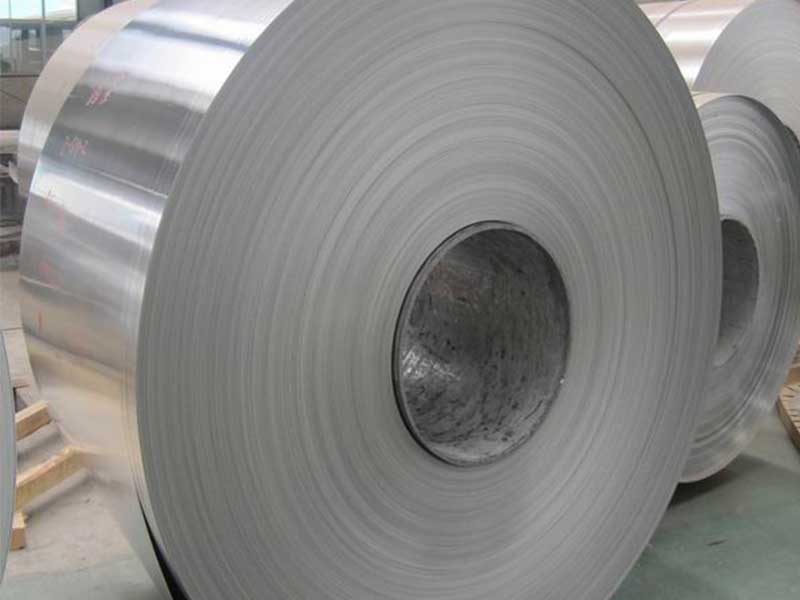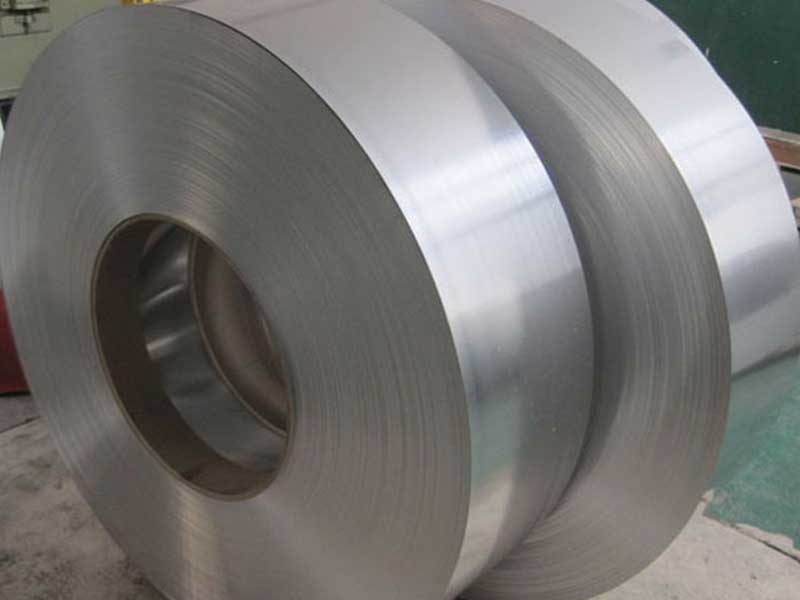1050 1100 3003 h14 h24 aluminum glass strip for insulation glass
In the ever-evolving realm of materials science and construction, aluminum glass strips have emerged as a transformative component, primarily for glass insulation applications. Within this niche lie various alloy types, including 1050, 1100, and 3003, available in temper forms such as H14 and H24.
The Core Concept: Insulation Glass
Choosing the right aluminum strip for insulation glass is vital for improved energy efficiency, condensation control, and structural stability in modern buildings. Insulated glass units (IGU) require high properties reflecting durability, flexibility, and thermal performance to achieve optimum functionality—a direct link comes into play when we incorporate aluminum strips, aiding the overall integrity, aesthetics, and insulating effect of the glass assembly.
Technical Insights
Alloy Composition and Classification
Aluminum’s economical, lightweight and malleable properties align it perfectly for insulation glass applications. Generally, alloys represented as 1050 and 1100 owe their remarkable conductivity and corrosion stability to their high purity and specific elemental compositions.
- 1050 Aluminum Strip
- Chemical Composition: 99.5% Aluminum
- Strength: Low to moderate; high corrosion resistance
- Usage: Ideal for anodizing applications and thermal conductivity tasks
- 1100 Aluminum Strip
- Chemical Composition: 99.0% Aluminum with a hint of copper
- Strength: Similar to 1050 but with improved workability
- Usage: Known primarily in chemical and food processing and as spacing material in insulation efforts.
- 3003 Aluminum Strip
- Chemical Composition: 86.4% Aluminum and 1.2% Copper
- Strength: Mid-range strength; excellent workability
- Usage: Functionality includes deep drawing impacts, widely used in container interfaces.
Tempering and Status
H14 and H24 Tempering: The temper designation indicates different levels of strength achieved through work hardening:
H14: Strains a minimum Brinell hardness – literally denoting its adaptiveness for further decorative approaches.
H24: Beyond H14 slightly pushes the fatigue threshold with an improved tensile examination, suitable particularly trendy on increased adherence aspects like sealing given to higher moisture.
Parameters Table
Here's a precise look at the typical parameters associated with these alloys in strip form, technical specifications, dimensions and physical performance metrics:
| Alloy Type | Temperation | Tensile Strength (MPa) | Yield Strength (MPa) | Elongation (%) | Typical Thickness (mm) | Typical Width (mm) |
|---|---|---|---|---|---|---|
| 1050 | H14 | 125 | 105 | 24 | 0.5 to 3.0 | 25-1000 |
| 1100 | H14 | 125 | 95 | 30 | 0.5 to 5.0 | 25-1000 |
| 3003 | H24 | 155 | 115 | 20 | 0.5 to 5.0 | 25-1200 |
Versatility in Applications
The integration of these aluminum strips specifically sealed around multiple glass layers emphasize their merit in several professional environments:
Residential Buildings: Utilizing strips alongside IGU provides enhanced aesthetics without hindering structural operational foundations.
Commercial Entrances: The use of 3003 aluminum strips assures rigicity essential for large office buildings survival while still retaining thorough insulation protocols.
Automotive Windows: Adding high thermally resistant properties enhances the comfort aspect, serving bespoke demands; thus, boosting occupant satisfaction is encapsulating energy-efficient sealing overload.
Solar Panel Covers: For aluminum’s notable longevity, qualities combined bring optimal resistance against CEOs enhancing prolonged value adds to vertical eco-friendly modalities.
https://www.al-alloy.com/a/1050-1100-3003-h14-h24-aluminum-glass-strip-for-insulation-glass.html



